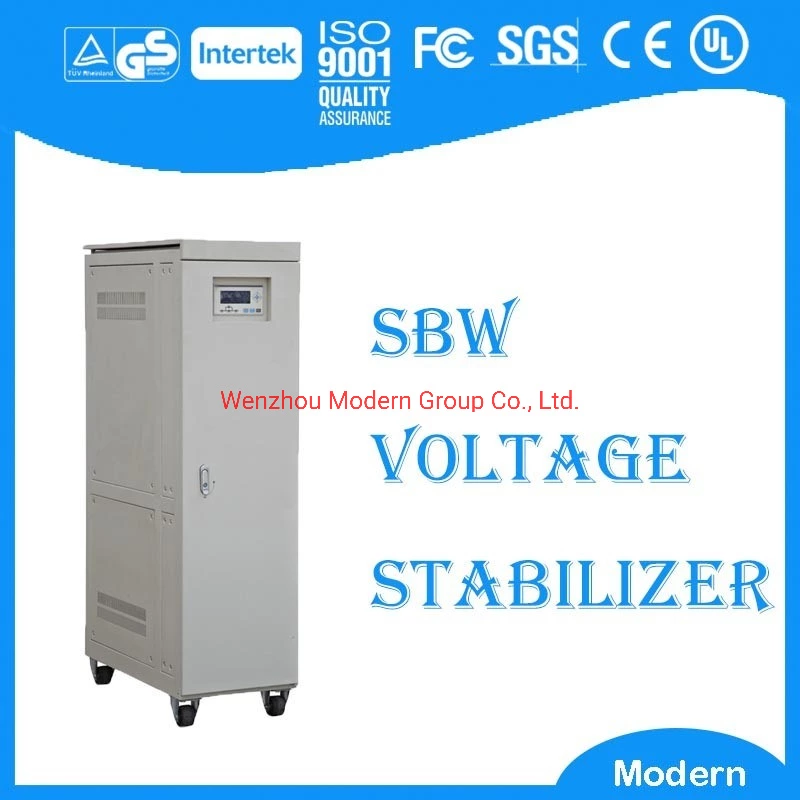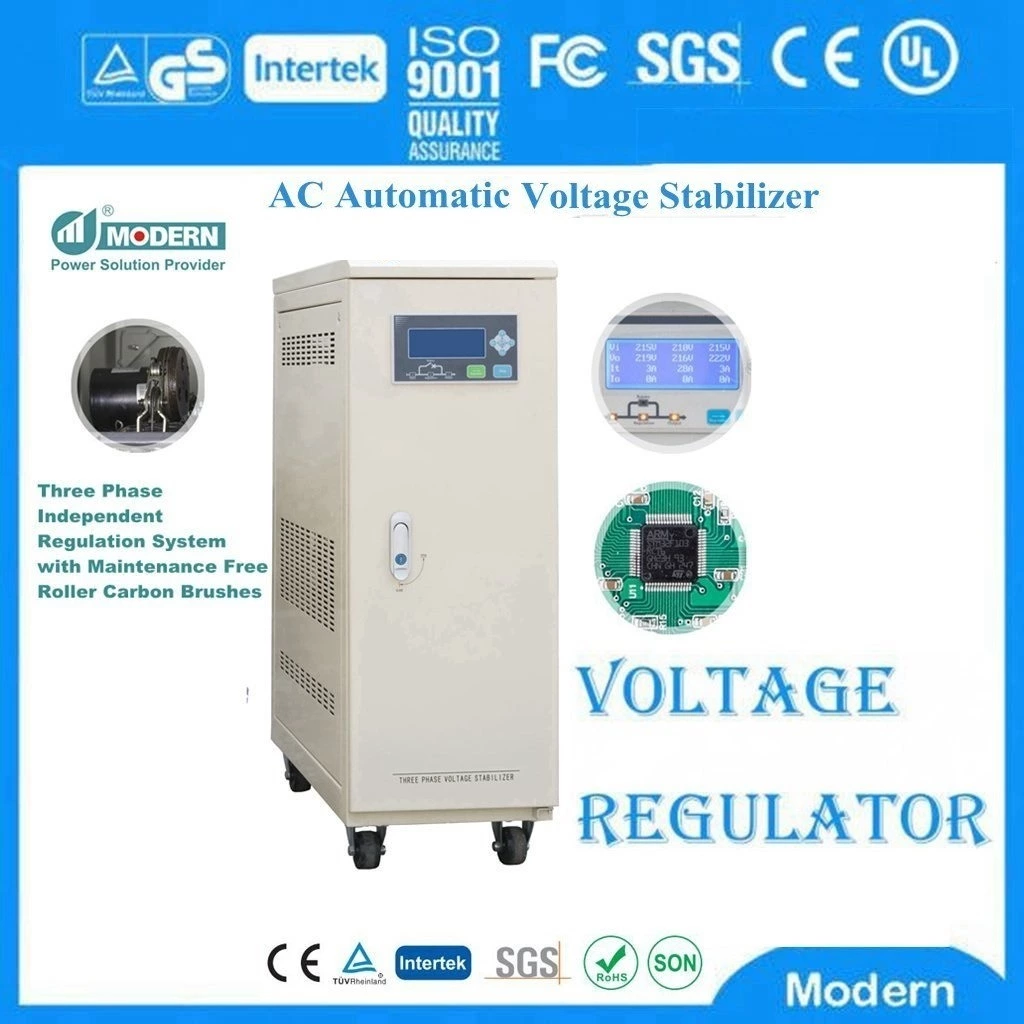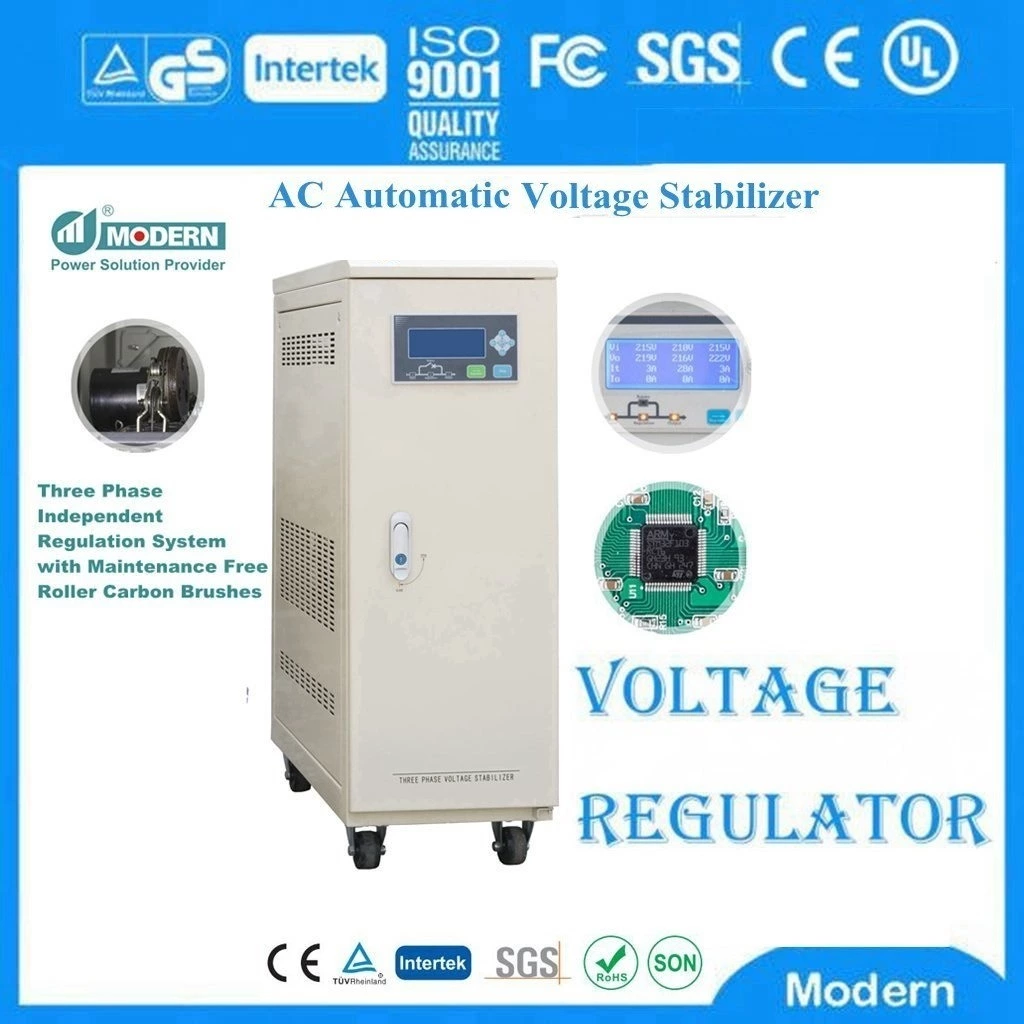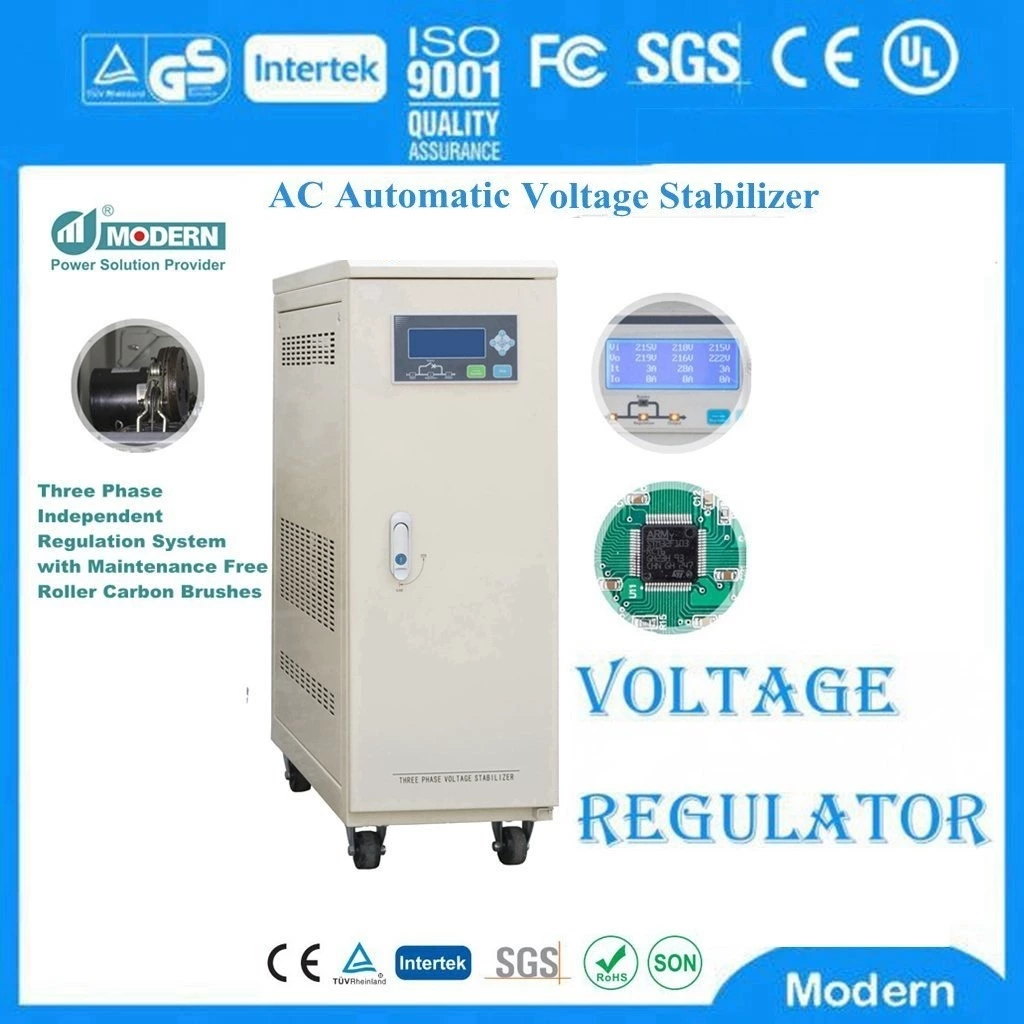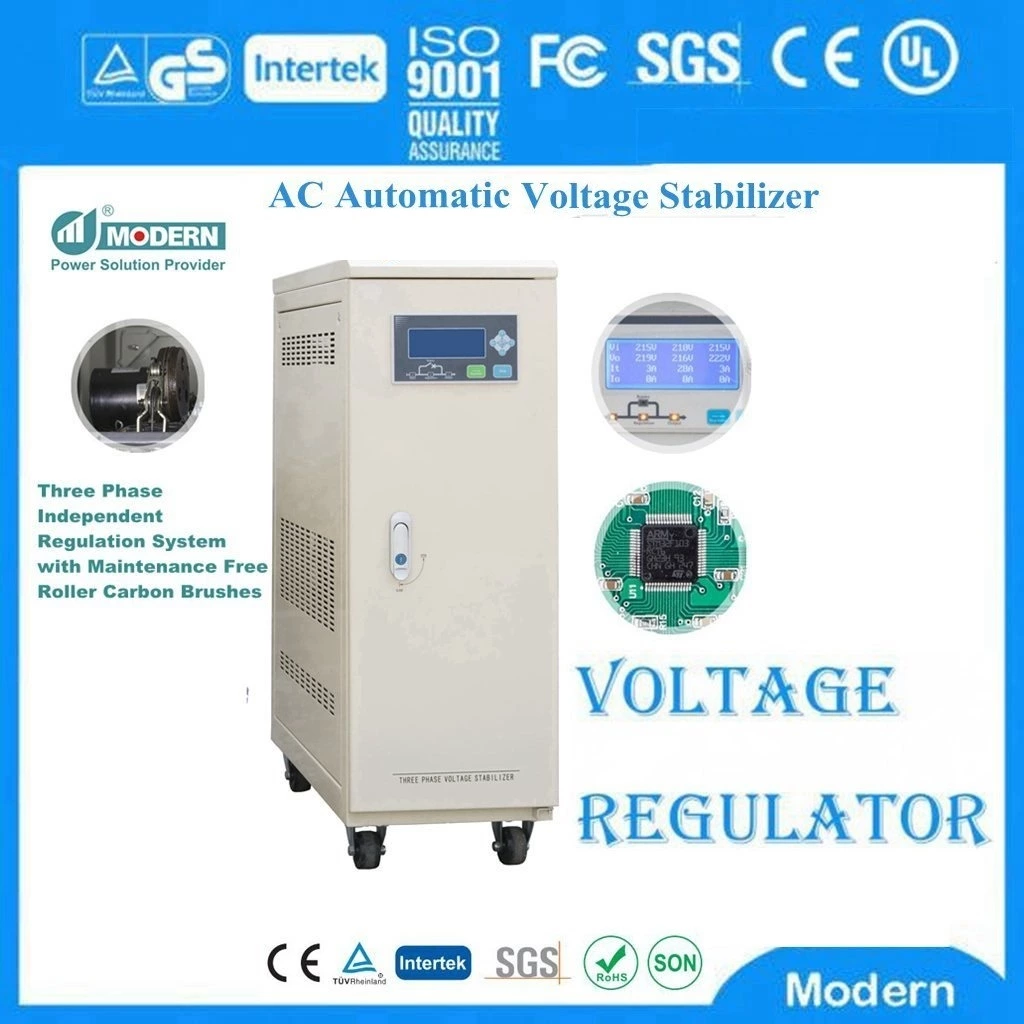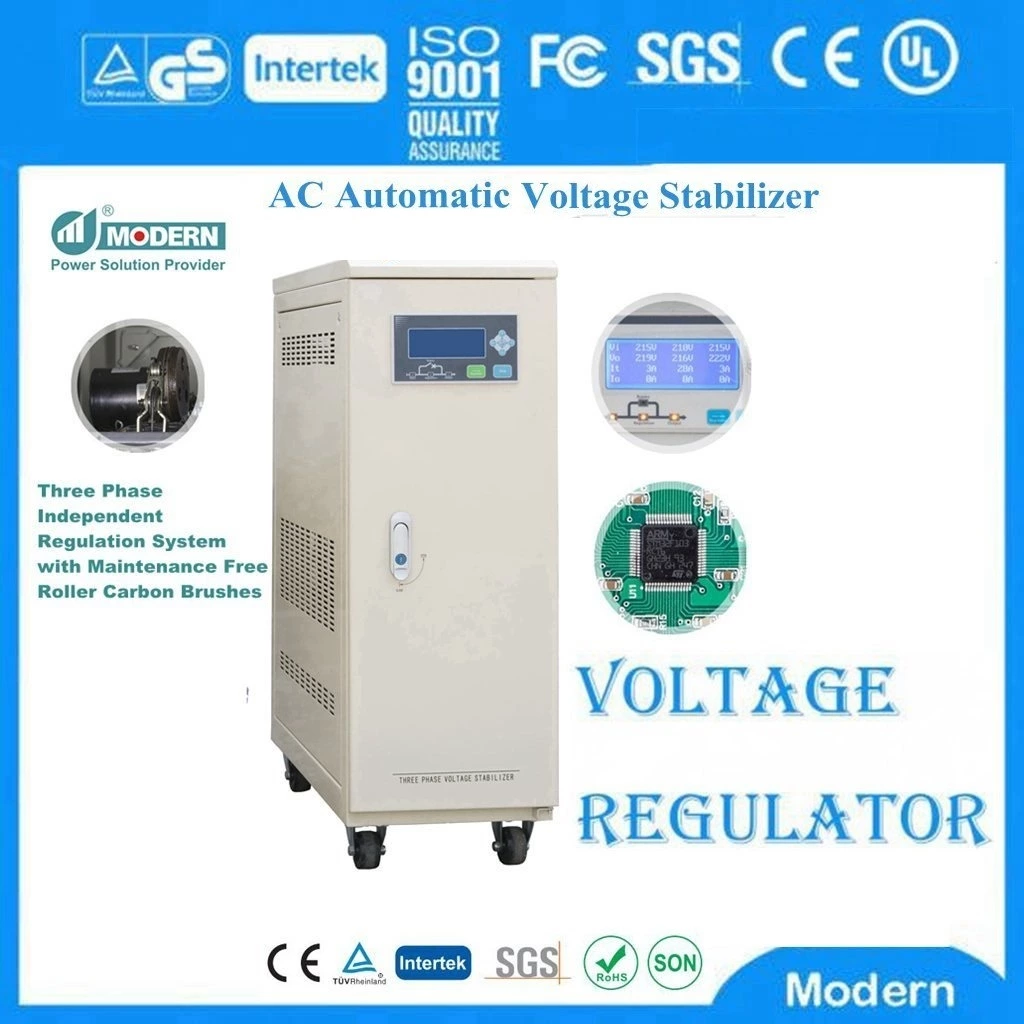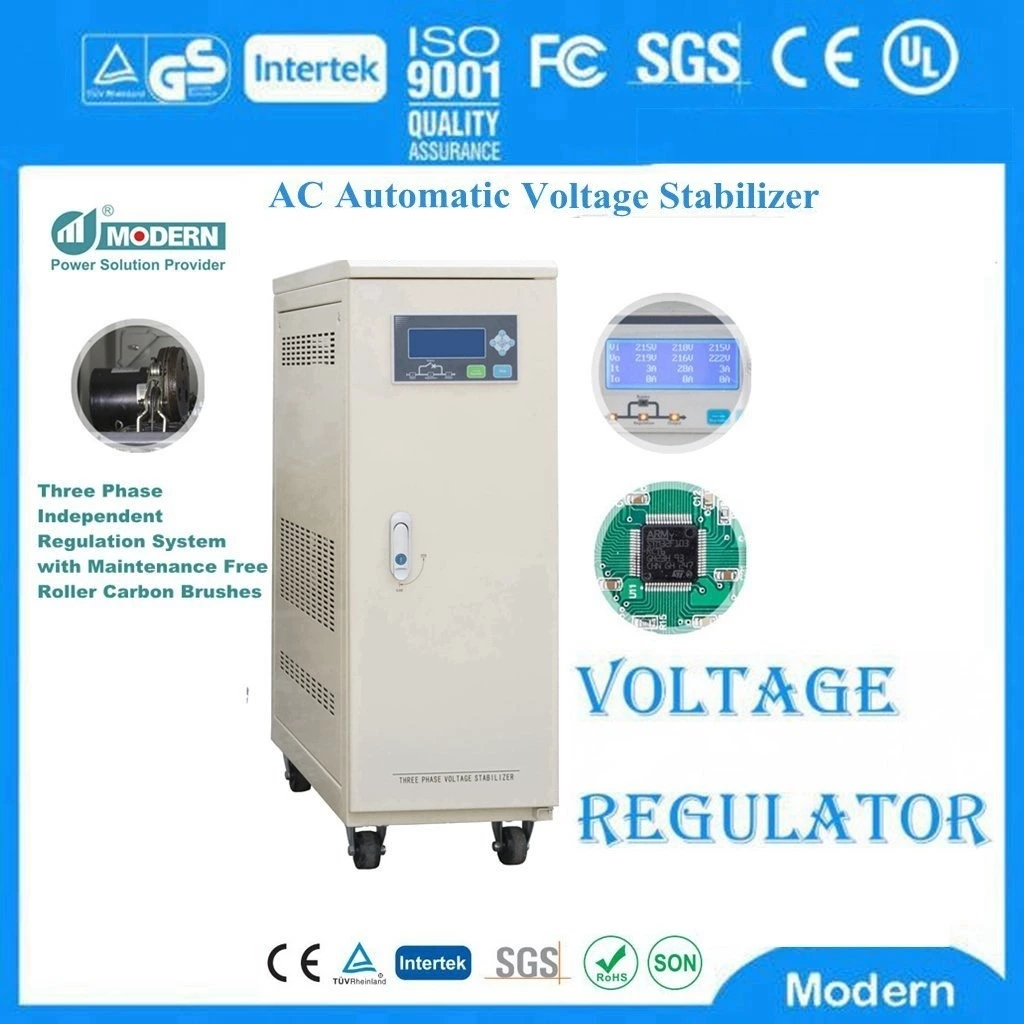Why Can't The Input End Of The Voltage Regulator Be Equipped With A Leakage Protector
When using Wide Range Voltage Stabilizer, you must never use a leakage protector at the input end of the voltage regulator. This is a major principle for using a voltage regulator.
Some users choose a corresponding leakage protector or leakage switch for the voltage regulator when using it. The final result is that when the voltage regulator starts, the leakage protector is protected, and the voltage regulator cannot be used at all.
Why?
The principle of the leakage protector is that the current of the neutral line is zero. When using a voltage regulator, the current of the neutral line cannot be zero.
There are isolation transformers and voltage regulators inside the voltage regulator. When starting, the transformer is equivalent to the capacitor effect. When the power is turned on, the transformer and the voltage regulator are instantly charged, causing the neutral line to carry current and form a current loop. If a leakage protector is used at the incoming line, it will act, cut off the input power supply, and cause the voltage regulator to be powered off and unusable.
So please do not use a leakage protector at the input end of the voltage regulator. If the customer insists on using it, please use a leakage protector at the output end of the voltage regulator to ensure the safe use of the voltage regulator. The voltage regulator must be grounded.
Case:
A customer had a problem: He had just bought a ZSBW compensated voltage stabilizer. Why did the switch in the power distribution cabinet trip when it was turned on after it was installed? (It turned out that each circuit in the power distribution cabinet was equipped with a leakage protector for power safety.) The customer was refused to remove the leakage switch. Finally, the leakage protector was moved to the output end of the voltage stabilizer and it worked normally.
 Русский
Русский
 Français
Français
 Português
Português
 Español
Español
 اللغة العربية
اللغة العربية
